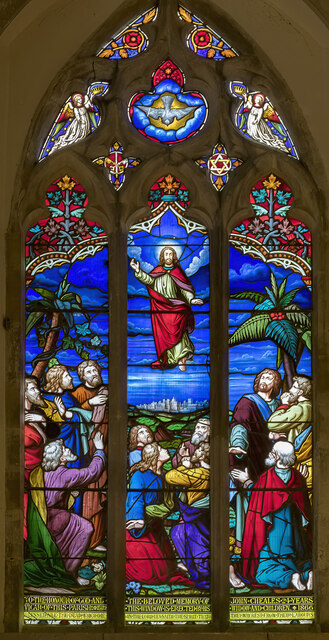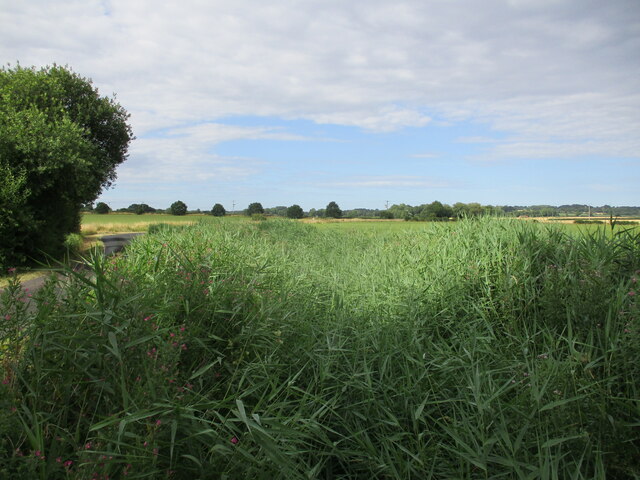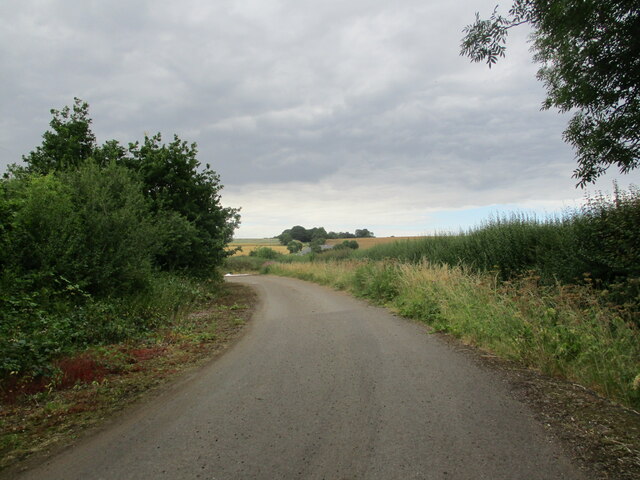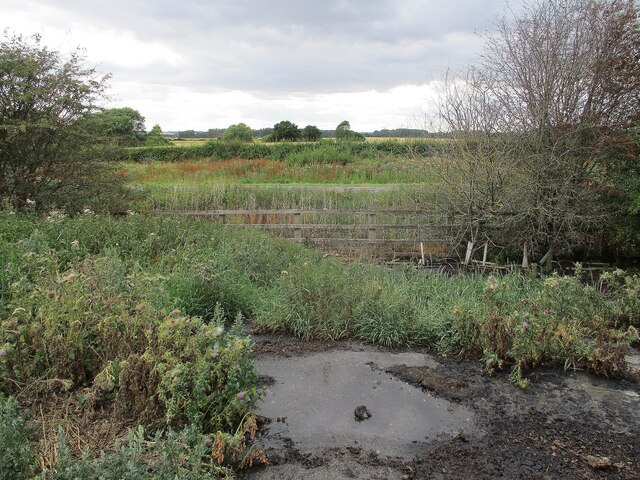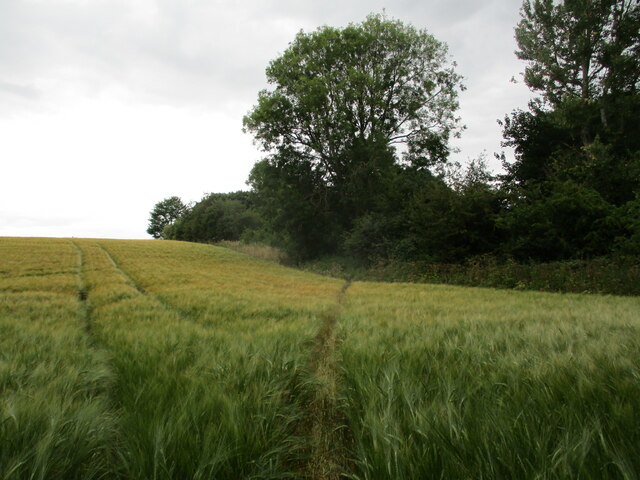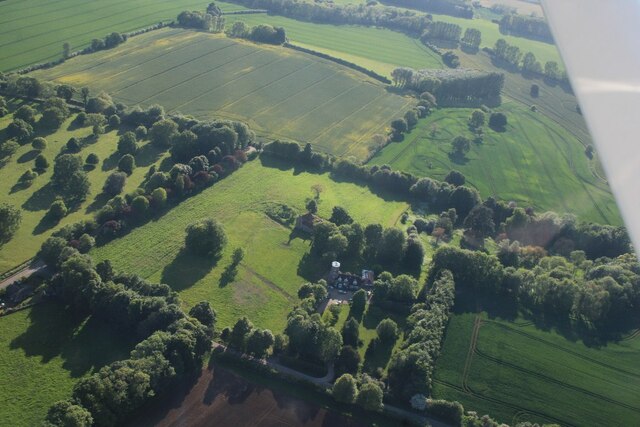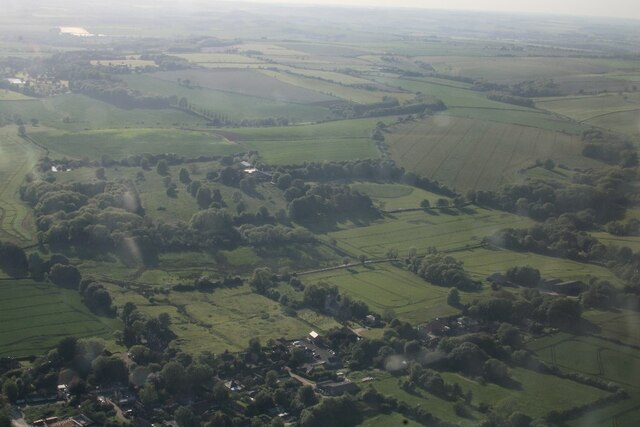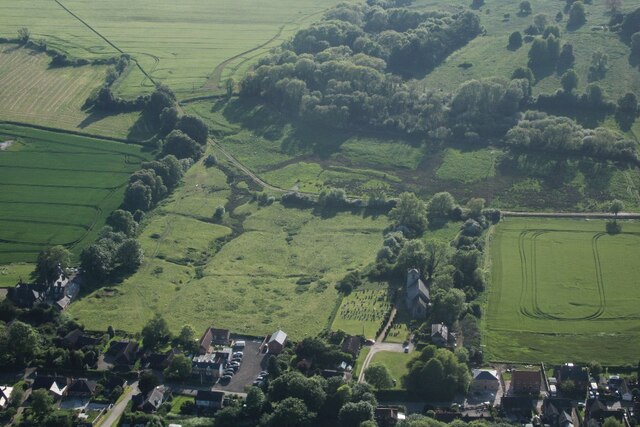Pheasant Holt
Wood, Forest in Lincolnshire East Lindsey
England
Pheasant Holt

Pheasant Holt, located in Lincolnshire, is a picturesque woodland area known for its abundant pheasant population and stunning natural beauty. Situated in the heart of the county, this wooded area covers a significant portion of the landscape, offering a serene and tranquil environment for both residents and visitors alike.
The forest is primarily composed of mixed deciduous trees, including oak, beech, and ash, which create a diverse and rich ecosystem. The dense vegetation provides an ideal habitat for a wide range of wildlife, including various bird species, small mammals, and insects. Pheasants, in particular, thrive in this woodland, with their distinctive calls often heard echoing through the trees.
The woodlands of Pheasant Holt offer numerous opportunities for outdoor activities and exploration. There are several well-maintained walking trails that wind through the forest, allowing visitors to immerse themselves in the natural surroundings and discover the hidden gems of the area. These trails offer beautiful views of the woodland, with occasional glimpses of wildlife along the way.
Pheasant Holt is also a popular destination for birdwatchers and nature enthusiasts. The diverse bird population includes not only pheasants but also species such as woodpeckers, owls, and various songbirds. The forest's tranquil atmosphere and abundance of wildlife make it an ideal spot for observing and appreciating nature.
Overall, Pheasant Holt in Lincolnshire offers a serene and beautiful escape from the hustle and bustle of everyday life. Its dense woodlands, diverse wildlife, and well-maintained trails make it a haven for outdoor enthusiasts and nature lovers seeking a peaceful retreat.
If you have any feedback on the listing, please let us know in the comments section below.
Pheasant Holt Images
Images are sourced within 2km of 53.194711/0.13267246 or Grid Reference TF4268. Thanks to Geograph Open Source API. All images are credited.


Pheasant Holt is located at Grid Ref: TF4268 (Lat: 53.194711, Lng: 0.13267246)
Administrative County: Lincolnshire
District: East Lindsey
Police Authority: Lincolnshire
What 3 Words
///staring.quits.soups. Near Spilsby, Lincolnshire
Related Wikis
Skendleby Priory
Skendleby Priory was a priory in the village of Skendleby, Lincolnshire, England. The believed remains of St James Chapel, Skendleby Priory, were uncovered...
Skendleby
Skendleby is a small village and civil parish in the East Lindsey district of Lincolnshire, England. It is situated near to the A158 and lies 35 miles...
Partney
Partney is a small village and civil parish in the East Lindsey district of Lincolnshire, England. It is situated 3 miles (4.8 km) north of Spilsby, and...
Scremby
Scremby is a village in the civil parish of Ashby with Scremby, in the East Lindsey district of Lincolnshire, England. It is situated about 4 miles (6...
Ashby with Scremby
Ashby with Scremby is a civil parish in the East Lindsey district of Lincolnshire, England, with a population of 147 (2001 census), increasing to 179 at...
Ashby by Partney
Ashby by Partney is a village and former civil parish, now in the parish of Ashby with Scremby, in the East Lindsey district of Lincolnshire, England....
Dalby, Lincolnshire
Dalby is a village and civil parish in the East Lindsey district of Lincolnshire, England. It is situated approximately 3 miles (5 km) north from the town...
Candlesby
Candlesby is a village and former civil parish, now in the parish of Candlesby with Gunby, in the East Lindsey district of Lincolnshire, England. It is...
Nearby Amenities
Located within 500m of 53.194711,0.13267246Have you been to Pheasant Holt?
Leave your review of Pheasant Holt below (or comments, questions and feedback).


